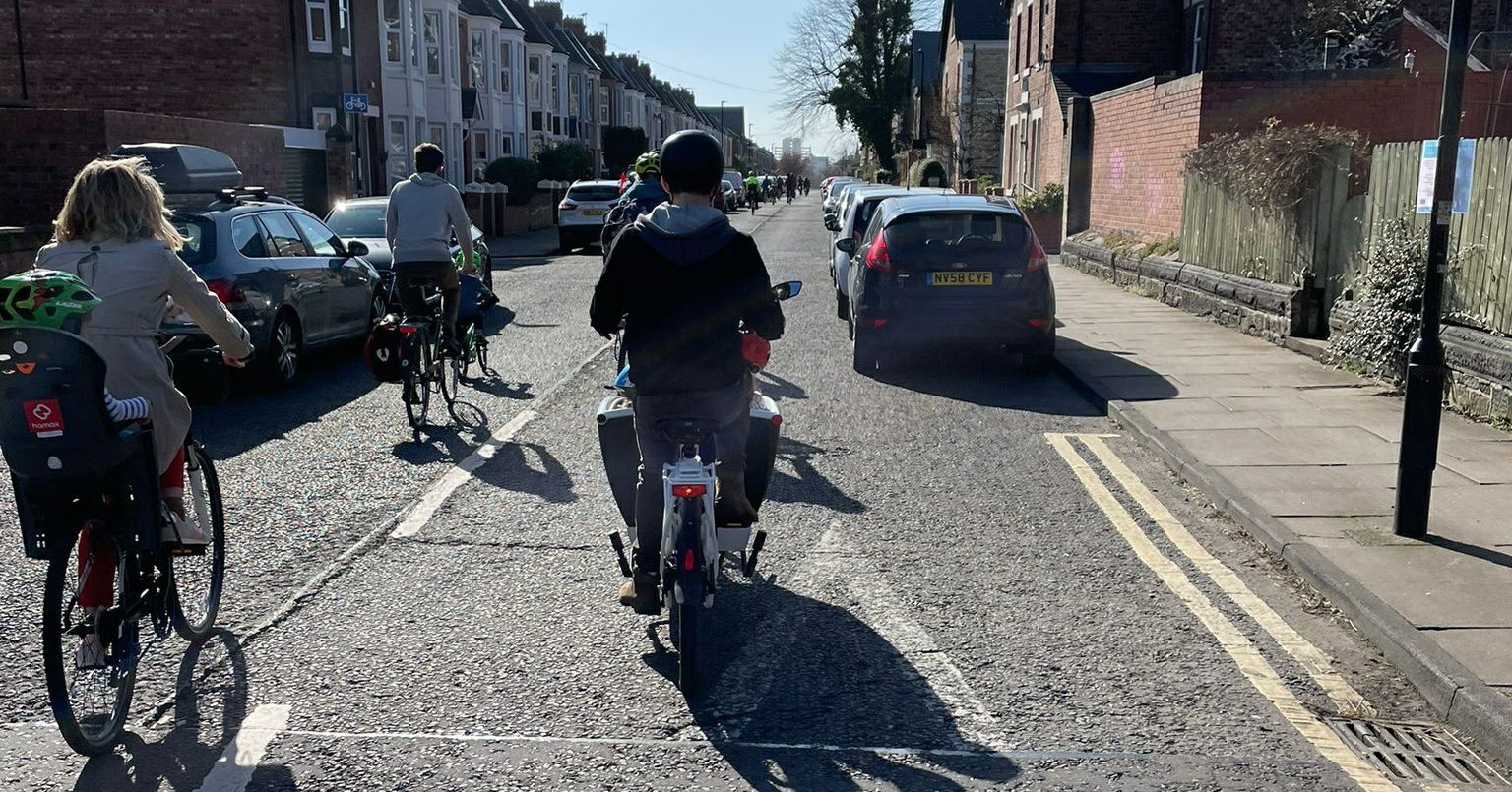Following the removal of the Heaton LTN scheme in April this year (2024), Newcastle City Council committed to working with the community to find alternative measures “that work effectively”.
Subsequently on 22nd July a new set of proposals were announced and a six week public engagement programme embarked upon which will run until 30th August. This is to help finalise the proposals ahead of yet another consultation later in the year.
We ask the council to reconsider the proposals to residents and take the opportunity to make real change that will make a difference to the lives, health and wellbeing of residents, not just today but, tomorrow and for years to come.
Of the many options that have been either trialled or proposed for Heaton, we support Option 2 in the proposals submitted to residents earlier this year, before the LTN scheme was removed. While the current proposals have some elements that can be supported, they simply miss the point and will do little to achieve any of the council’s goals or to support their objectives.

The current consultation for proposals to make changes to the streets of Heaton are the latest in almost a decade long cycle of proposals and consultations for these streets. The most recent trial LTN had initial plans drafted 3 years ago, followed by the trial itself which ran for 18 months including a 6 month long consultation followed by an additional 2 proposals and accompanying engagement towards the end of the scheme. We are now presented with a fourth set of proposals alongside this public engagement process, which will feed into yet another set of proposals and formal consultation later in the year.
Councillor Williams, cabinet member for a Sustainable City has said “We need to use the learning from the trials that were implemented, to ask what the problem is that we are trying to solve here.”
We believe this to be key to commenting on the efficacy of the proposals.
The original LTN proposals were in response to widespread concerns across the city about the volume and speed of motor traffic on some residential streets. Back in 2020 in the Transport and Air Quality Portfolio Report to Council of Nov 2020 the council boldly proposed a vision for the city where they acknowledged the need to “embed the principles of how people choose to travel in their residential neighbourhoods” and centred policy around streets where people were prioritised.
This was subsequently followed up in 2021 with the Transport changes to help make neighbourhoods clean, green, and safe report where Cabinet approved proposals to make residential streets more family friendly by, amongst other things, directing traffic to main roads rather than residential streets.
Finally in 2022 the Reframing Transport in Newcastle report reiterated the need to remove through traffic not simply to encourage active travel and make safer, quieter residential streets, but to
- reduce carbon emissions
- lay “the building blocks for communities to be better connected at a local level.”
- make a fairer city for the ~40% of residents who do not have access to a car
- and to support the goal of establishing “a coherent and easy to navigate walking and cycling network that links every school, to every park, to every local shopping centre.”
This vision acknowledged that without action and with a growing population and increasing numbers of people living, visiting and working in Newcastle, private motor vehicle journey numbers would only increase, and along with them the negative externalities that impact everyone in our city.
The original Heaton LTN proposal was one of a series of LTNs trialled to take forward this vision. However, from the beginning the scheme was knowingly left permeable, leading to the use of the back lanes of Heaton Park View, later identified as a key reason for removing the scheme. The latest proposals seek to mitigate the problems caused by this flawed scheme (which has already been removed) and have lost sight of the original policy and vision of the council.
When we go back to the original council vision and their policy of reducing through traffic from residential streets, it is clear that the only option that supports all of these goals is not the current proposal, but Option 2 that was put forward towards the end of the LTN Trial.
It is the job of the elected councillors, in particular our council lead, Councillor Kemp, and his cabinet, to develop, define and implement policy based on evidence and their expertise. The council have a remit to consider the impact on the entire city and the long term repercussions of doing nothing.
We ask the council to reconsider the proposals to residents and take the opportunity to make real change that will make a difference to the lives, health and wellbeing of residents, not just today, but tomorrow and for years to come.
As our council lead, Councillor Kemp, states on his own website “We know that every planning issue is political”.
We agree.
Our friends at Space for Heaton have also written a very detailed response and we encourage you to read that for more detailed information about the various schemes that have been proposed.

